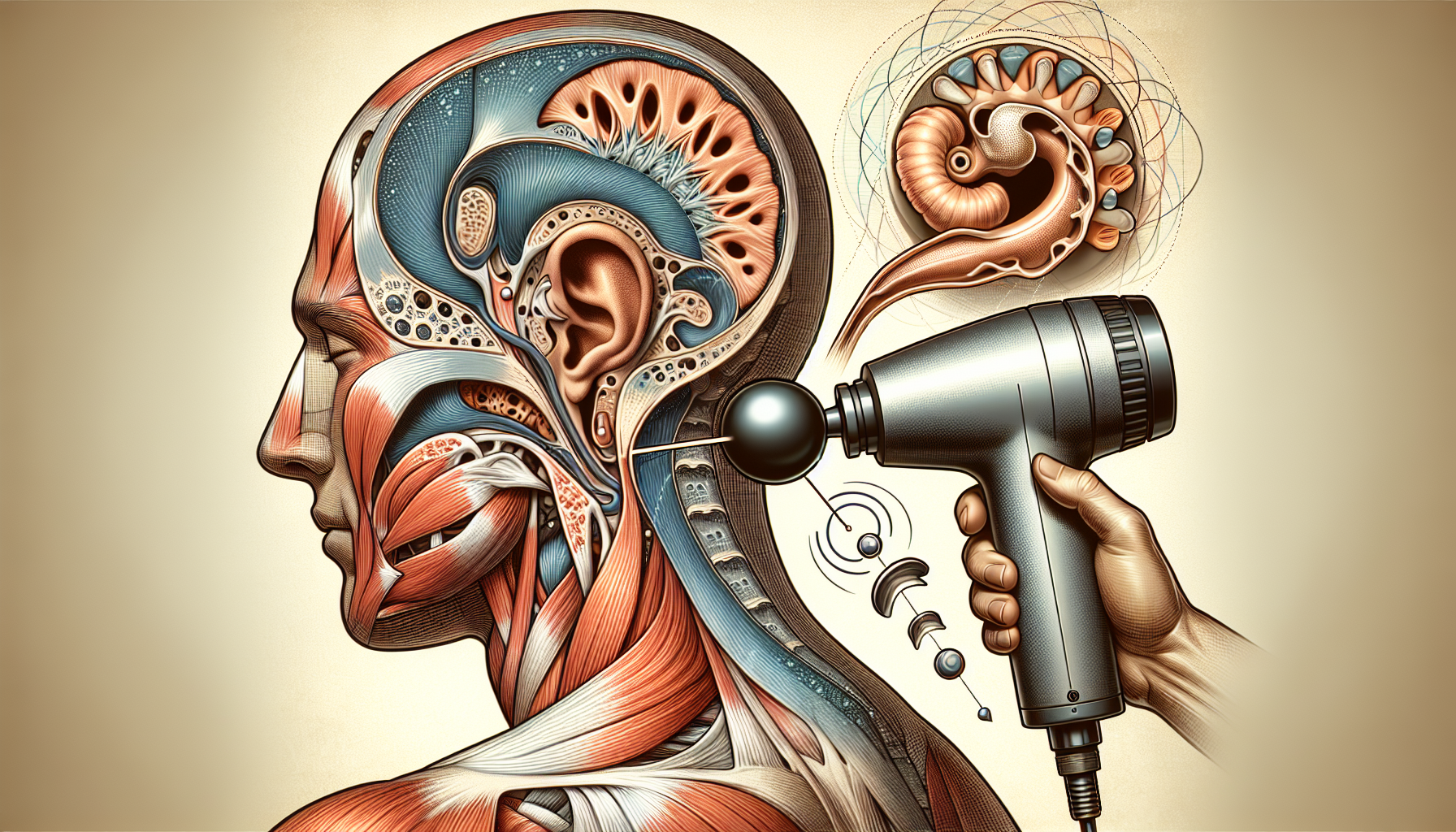Cutting-edge Robotic System 'SPINDLE' Promises New Hope For Patients with Tremors
Key Takeaways
- SPINDLE combines robotics and VR to enhance ADLs for individuals with tremors.
- The system offers game-based, customizable resistance training tailored to each user.
- SPINDLE's potential extends to sports training and broader neurological disorder treatments.
Did You Know?
Introduction to Tremors and Their Impact
Tremors are involuntary and rhythmic muscle movements that can significantly interfere with an individual's daily life. These movements hamper the ability to perform basic tasks, leading to decreased independence and quality of life. To mitigate these challenges, effective treatments are essential, but conventional rehabilitation methods often fall short.
The Novel SPINDLE Innovation
Researchers at the Gwangju Institute of Science and Technology (GIST) in Korea have been working on a groundbreaking solution. Led by Professor Jiyeon Kang, the team has developed SPINDLE, a robotic rehabilitation system designed to mimic and enhance activities of daily living (ADLs) for individuals with tremors.
Functionality and Unique Features of SPINDLE
SPINDLE, which stands for Spherical Parallel INstrument for Daily Living Emulation, combines robotics with virtual reality technology. This innovative system enables users to practice ADLs in a controlled and adaptable virtual environment, closely simulating real-world conditions. Unlike traditional approaches, SPINDLE offers customizable resistance-based training tailored to each user's needs.
Research Study and Key Findings
The efficacy of SPINDLE was demonstrated in a study that involved nine healthy participants. After being trained with SPINDLE using VR technology, these participants performed various ADLs under simulated tremor conditions. Their performances with SPINDLE were compared against natural object interactions.
The results highlighted several benefits of using SPINDLE for tremor rehabilitation. Participants showed improvements in mobility and motor control, with reduced muscle effort and better tremor suppression, leading to smoother and more controlled movements.
Impact on Daily Living Activities
The system's ability to replicate natural joint movements makes it highly applicable in real-life scenarios. The training with SPINDLE led to enhanced upper limb strength and dexterity, crucial for everyday tasks. The VR-integrated interface keeps users engaged, promoting sustained motivation.
Game-Based Training and User Experience
SPINDLE's game-based training is another standout feature. This approach makes therapy sessions enjoyable and effective by adapting resistance levels as needed, ensuring personalized progress. Real-time visual feedback further enhances the training experience.
Potential for Broader Applications
Beyond tremor rehabilitation, SPINDLE's principles and technology have broader implications. They could be applied to fields such as sports training and injury prevention. Data from SPINDLE sessions also contribute valuable insights into neuroplasticity and motor learning, which could refine treatments for various neurological disorders.
Future Prospects
The promising results suggest that SPINDLE has the potential to become a standard tool in tremor rehabilitation programs. Its versatility and compact design allow for integration with TV or VR systems, making it more accessible for home-based therapy.
Concluding Thoughts
As research continues, SPINDLE could revolutionize how tremor patients and individuals with other movement disorders achieve improved quality of life. Its innovative approach and demonstrated effectiveness mark a significant advance in the field of neurological rehabilitation.
References
Title of original paper: Resist-as-Needed ADL Training With SPINDLE for Patients With Tremor
Journal: IEEE Transactions On Neural Systems And Rehabilitation Engineering
DOI: https://doi.org/10.1109/TNSRE.2024.3392615
About the institute: https://www.gist.ac.kr/en/main.html
References
- Title of original paper: Resist-as-Needed ADL Training With SPINDLE for Patients With Tremorhttps://doi.org/10.1109/TNSRE.2024.3392615
- About the institutehttps://www.gist.ac.kr/en/main.html






